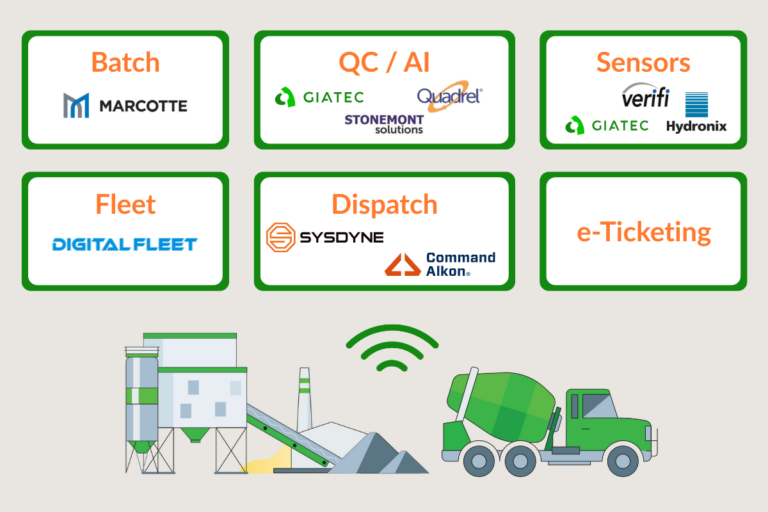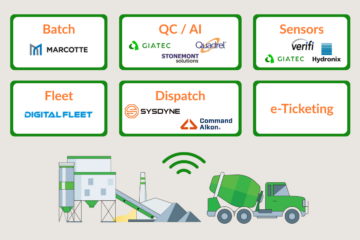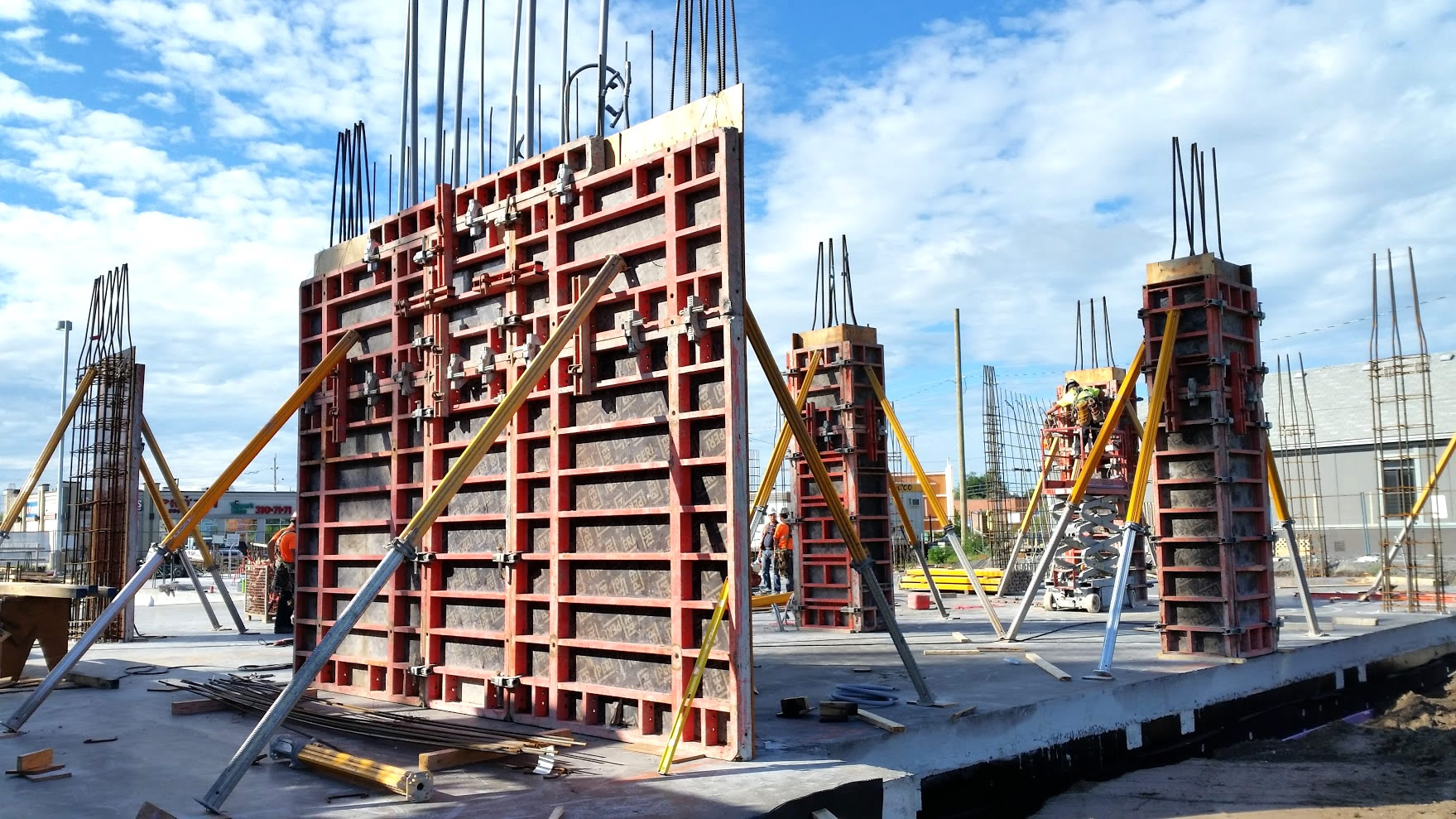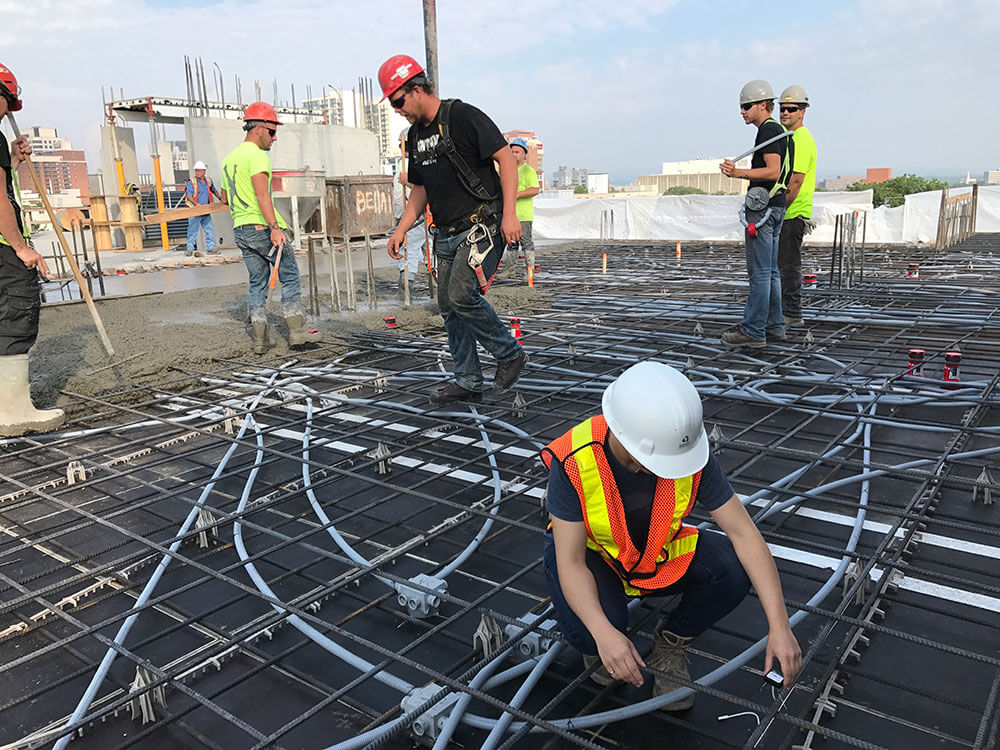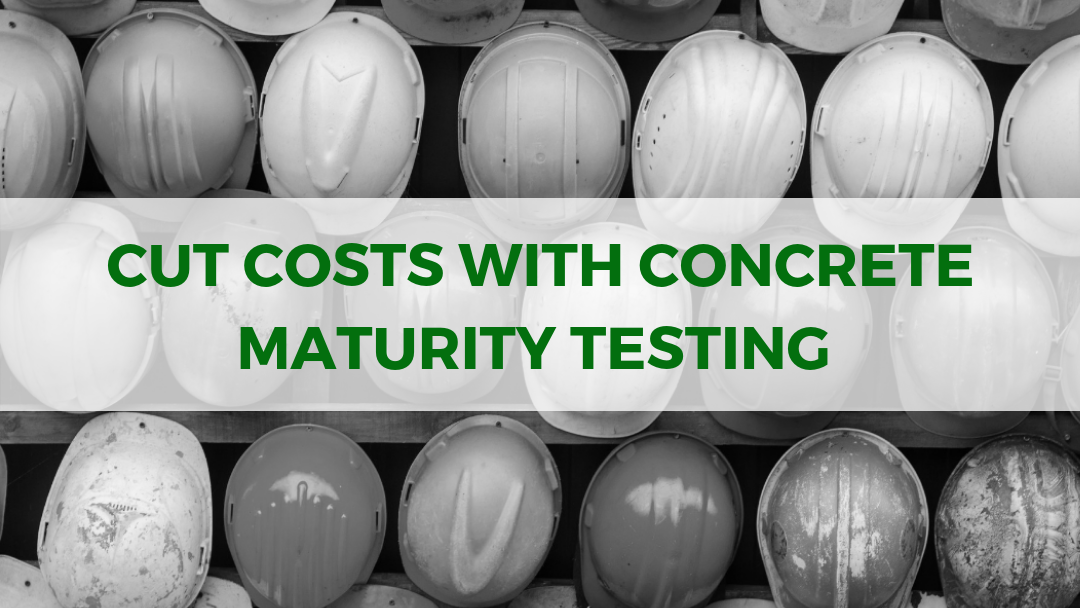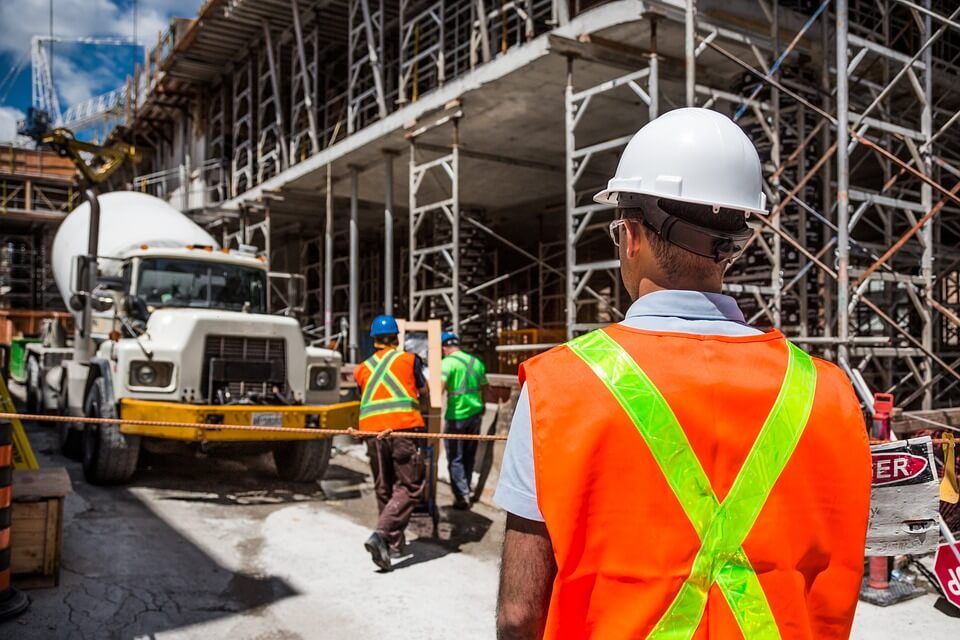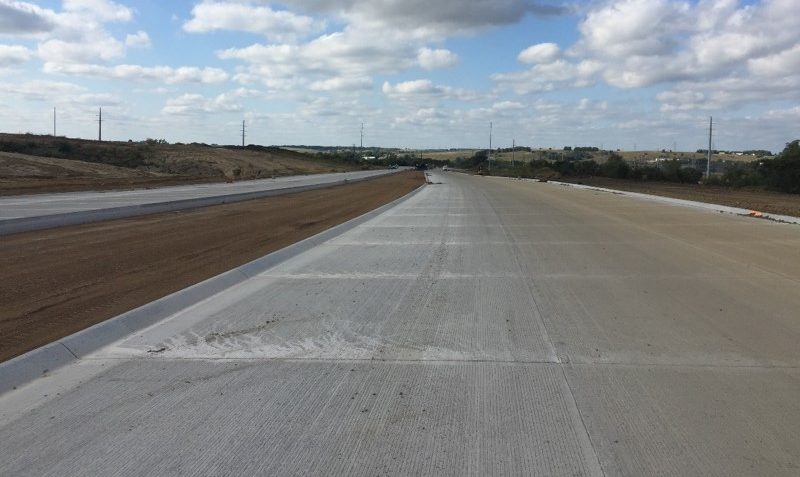Digital transformation is reshaping the concrete production industry, offering opportunities to streamline operations, enhance efficiency, and improve customer satisfaction. From automating batch processes to integrating logistics and delivery systems, concrete producers are leveraging innovative concrete production automation technologies to stay competitive. However, this transformation comes with challenges, including system integration, managing increasing data volumes, and addressing cybersecurity risks in a connected production environment. Understanding these challenges is vital for producers looking to future-proof their operations.
Explore 12 Futuristic Technology Trends Solving Concrete's Biggest Challenges.
In today’s evolving market, concrete producers must adapt to changing customer demands and operational complexities. Whether it’s embracing concrete production automation in material handling, utilizing cloud-based platforms for scalability, or implementing e-ticketing for improved logistics management, the key to success lies in adopting the right strategies and technologies. This post explores the critical challenges and emerging trends shaping the concrete production industry and provides actionable insights to help producers optimize their processes and remain at the forefront of the market.
Key Challenges in Technology Adoption
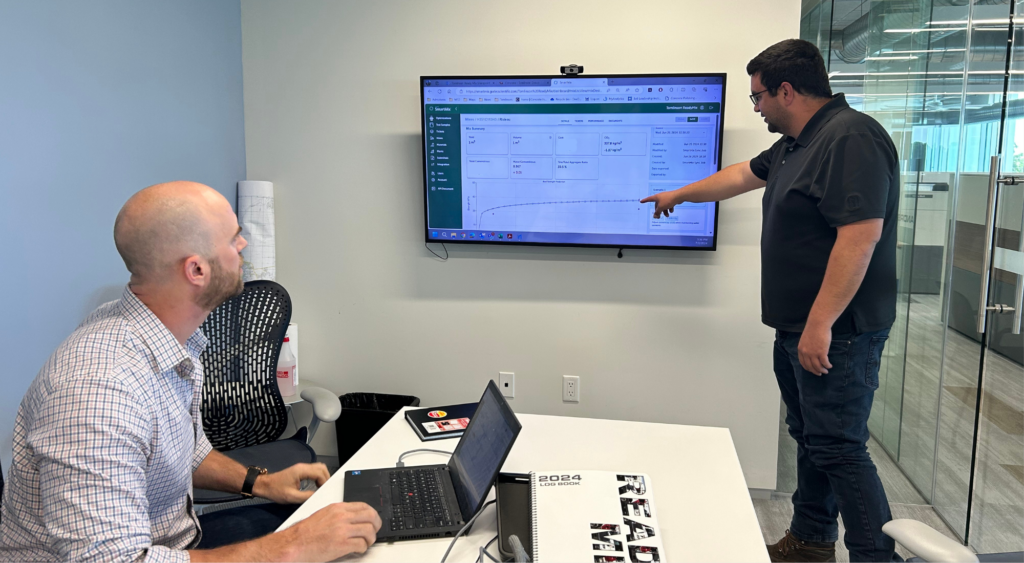
- System Integration: Breaking Down Silos – Legacy and modern systems often fail to communicate effectively, leading to inefficiencies. Producers face difficulty accessing real-time data, forcing reliance on manual processes. Solutions include:
- Unified platforms to centralize data access.
- Middleware and API-based solutions to enable seamless system communication.
- Over 70% of businesses report challenges with visibility across different IT systems. As part of concrete production automation, these integration solutions help bridge the gap between traditional systems and modern technologies, improving workflow efficiency.
- Digital Transformation: Automating for Success – Although digital tools like e-ticketing improve logistics and tracking, adoption is slowed by budget constraints and resistance to change. However, the industry is adapting rapidly:
- Cloud and mobile-first technologies are transforming operations.
- The digital transformation market is expected to grow at a 19.1% CAGR through 2030.
- Cybersecurity: Safeguarding Operations – As digital operations expand, cybersecurity risks increase. Protecting sensitive data requires advanced measures:
- AI-driven threat detection for proactive defense.
- Zero-trust security models for robust network protection.
- Nearly 60% of IT professionals consider security their top priority.
- Data Management: Harnessing Analytics – Producers generate massive amounts of data but struggle with fragmented databases and manual processes. Solutions to overcome these challenges include:
- Centralized data warehouses for efficient storage.
- Real-time analytics tools like PowerBI for actionable insights.
- Automating data processes to enhance operational success.
- Cloud Migration: Scaling for Growth – Transitioning to cloud platforms is essential for scalability and agility. However, producers encounter obstacles such as cost and complexity. Popular strategies include:
- Hybrid and multi-cloud approaches to balance cost and performance.
- Cloud services to enhance disaster recovery and workload flexibility.
- Technology Obsolescence: Staying Competitive – Aging systems hinder innovation and flexibility. To remain competitive, companies are investing in:
- Scalable, modern infrastructures.
- SaaS and cloud solutions to replace legacy systems.
- Up to 20% of IT budgets are allocated to upgrading obsolete technology. Concrete production automation is essential for staying ahead of the curve, as it allows companies to replace outdated systems with more efficient, automated solutions.
Essential IT Solutions for Concrete Producers
Organizations are leveraging a diverse array of technologies to tackle these challenges. The concrete and ready-mix industry heavily relies on tailored platforms to manage its specialized operations, from batching to dispatching and beyond. Below is a detailed review of the technologies employed across various domains, illustrating their importance and impact:
- Batch Controls
Effective batch control systems are the foundation of high-quality concrete production. Platforms such as Command Alkon, Jonel, Marcotte, and Rexcon are instrumental in automating ingredient proportions and monitoring processes. Globally, companies are increasingly integrating batch control systems with IoT-enabled sensors and real-time analytics. This integration enhances precision, reduces material waste, and provides valuable data for quality improvement initiatives. For example, predictive maintenance powered by AI can now detect issues in batching equipment before failures occur, minimizing downtime and costs. - Dispatch
Dispatch platforms like Command Alkon, Arkik, and Clearview not only optimize logistics but also integrate with GPS tracking and weather forecasting systems to improve operational efficiency. Across the industry, cloud-based dispatch solutions such as Sysdyne and BCMI are gaining popularity, as they allow seamless updates and real-time collaboration between dispatchers and drivers. By adopting machine learning algorithms, these platforms can predict traffic patterns and dynamically adjust delivery schedules, reducing fuel costs and delays. Furthermore, customer portals within dispatch systems offer clients transparency, enabling real-time delivery tracking and updates. - Driver Scheduling
Driver scheduling tools such as Schedule.com and Digital Fleet are crucial for managing workforce logistics in the concrete industry. Beyond traditional scheduling, advanced systems now use artificial intelligence to forecast labor needs based on historical demand and seasonal trends. These tools can also integrate with telematics systems to monitor driver performance, fuel usage, and adherence to schedules. Leading companies are leveraging mobile-friendly platforms that allow drivers to receive updates, clock in/out, and report issues on the go, fostering a more engaged and efficient workforce. - e-Ticketing
The move toward e-ticketing systems such as TacInsight and ConcreteDirect is not just a step toward digitization but also a compliance strategy in many regions where environmental concerns drive the push to reduce paper waste. Insights from broader industries show that e-ticketing improves operational transparency and reduces disputes with customers by providing accurate, timestamped digital records. Additionally, integrating eTicketing with fleet management systems ensures smoother communication and better data visibility, allowing businesses to analyze delivery trends and identify bottlenecks. This technology is a critical element of concrete production automation, enabling real-time updates and greater operational efficiency. - Mobile Customer Access
Mobile access platforms like Truckast and BCMI are transforming customer relationships in the concrete industry. Research shows that customers increasingly expect on-demand access to their order status, invoices, and account details. Mobile platforms deliver these capabilities while offering advanced features like delivery notifications and AI-driven order recommendations based on past behaviors. Globally, companies using such platforms report higher customer satisfaction scores and increased repeat business. Additionally, integrating mobile access with CRM systems provides organizations with actionable insights for targeted marketing. - Quality Control
The concrete industry has seen a shift toward data-driven quality control systems like Quadrel, Arkik and Stonemont. Modern platforms incorporate machine learning to analyze material properties and predict performance issues before they arise. Innovations like portable testing devices integrated with cloud-based platforms allow for on-site quality checks, improving response times and accuracy. Companies are also adopting blockchain technology to enhance transparency and traceability in their supply chains, assuring customers of consistent quality from raw materials to finished products. - Truck Cameras
The adoption of truck camera systems like Lytx and Samsara reflects a growing emphasis on safety and accountability. Industry-wide, AI-powered cameras capable of detecting driver distractions or unsafe behavior are reducing accidents and liability costs. These systems also provide valuable training data for improving driver performance. Insights from logistics industries show that integrating camera footage with telematics data creates a more comprehensive view of fleet operations, helping organizations identify inefficiencies and improve overall safety protocols. - Truck Tracking
Fleet management solutions such as Digital Fleet and Coretex are leveraging IoT and big data analytics to offer unparalleled insights into vehicle performance, route optimization, and delivery efficiency. Globally, the shift toward electric and hybrid fleets has driven the need for advanced tracking systems that monitor battery health and charging station availability. Additionally, integration with GIS (Geographic Information Systems) enables companies to identify the most cost-effective routes while accounting for real-time factors like road closures or weather disruptions.
Emerging Trends in IT and Concrete Production Automation
- Automation and Advanced Analytics
Automation technologies, coupled with analytics platforms like PowerBI, are reshaping IT landscapes. These tools allow organizations to process vast amounts of data, extract actionable insights, and optimize workflows. By automating repetitive tasks, businesses can reduce human error, enhance productivity, and make data-driven decisions in real time. Concrete production automation tools, paired with advanced analytics platforms, enable predictive modeling. This helps companies anticipate trends and respond proactively. - Remote Work Infrastructure
The hybrid work model is driving a surge in demand for robust remote collaboration tools such as Microsoft Teams. These platforms support seamless communication, project management, and document sharing across distributed teams. The focus is also on secure access to enterprise resources, necessitating advanced cybersecurity measures like virtual private networks (VPNs) and zero-trust architectures. Investments in this area empower businesses to maintain operational continuity and employee engagement regardless of location. - Digital e-Ticketing Systems
E-ticketing solutions, exemplified by platforms like Command Alkon and ConcreteDirect, are revolutionizing logistics. These systems enhance transparency, accuracy, and efficiency by replacing paper tickets with digital alternatives. Real-time tracking capabilities provide stakeholders with up-to-date delivery statuses, streamline communication, and minimize disputes. Moreover, e-ticketing aligns with sustainability goals by reducing paper consumption and waste. - Environmental Monitoring Technologies
Environmental compliance is becoming a cornerstone of IT strategies, with tools like Climate Earth enabling organizations to track and manage their environmental impact. These solutions assist in monitoring emissions, waste, and resource usage, supporting companies in meeting regulatory requirements and advancing sustainability initiatives. By integrating environmental monitoring into their IT ecosystems, businesses can proactively address climate-related challenges and improve their green credentials. - Cloud-Based Solutions for Scalability
Cloud migration continues to be a dominant trend as organizations seek scalability, agility, and cost-efficiency. Hybrid and multi-cloud strategies provide flexibility in managing workloads while ensuring redundancy and disaster recovery. By leveraging cloud-native tools, businesses can deploy solutions faster, innovate more effectively, and adapt to changing market demands. By aligning these trends with organizational goals, businesses can not only overcome current challenges but also capitalize on emerging opportunities, ensuring long-term growth and sustainability. - Artificial Intelligence
Artificial Intelligence (AI) is transforming the concrete production industry by enabling smarter, more efficient operations. AI-driven predictive analytics offered by solutions such as Giatec® SmartMix™ helps manufacturers forecast material demand, optimize batch mixing, and reduce waste. Machine learning algorithms can detect anomalies in equipment performance, allowing for predictive maintenance that minimizes downtime and enhances operational reliability. Additionally, AI-integrated systems such as C60 improve quality control by analyzing data trends and ensuring compliance with specifications in real time. By adopting AI solutions, producers not only enhance productivity but also gain actionable insights that drive continuous improvement and cost savings. - Sensors
Advanced sensor technology is revolutionizing how concrete producers monitor and manage their operations. IoT-enabled sensors such as Hydronix and Ludwig embedded in production equipment provide real-time data on critical parameters such as temperature, humidity, and material consistency. These sensors ensure precision in batching and enable predictive maintenance by identifying wear and tear in machinery. Furthermore, in transit, sensors installed in concrete mixers such as MixPilot™, Command Assurance, and Verifi track slump and temperature, ensuring the product meets quality standards upon delivery. The integration of sensor data with analytics platforms gives producers unparalleled visibility into their operations, enabling smarter decision-making and fostering innovation.
These technologies, when implemented effectively, equip the concrete production industry to meet the challenges of the digital era head-on.
Recommendations for Concrete Producers
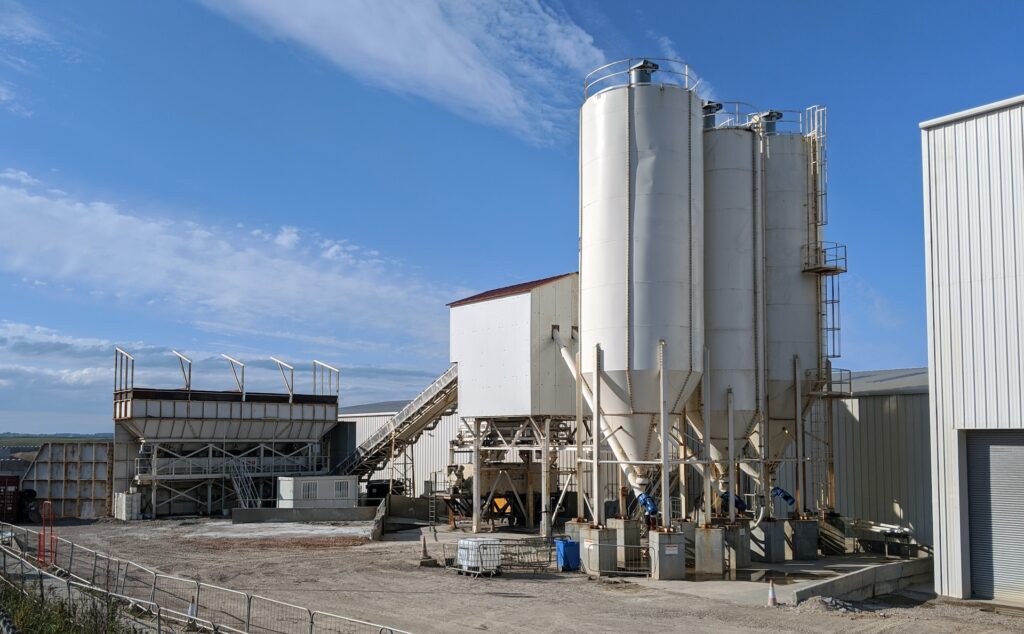
- Invest in System Integration: Use API-based solutions or middleware to bridge the gap between legacy and modern systems.
- Accelerate Digital Transformation: Focus on adopting industry-specific solutions like e-ticketing to streamline operations and enhance customer experience.
- Enhance Cybersecurity: Implement zero-trust security models and AI-driven threat detection to safeguard against advanced threats.
- Optimize Data Management: Adopt centralized data warehouses and real-time analytics tools to extract actionable insights.
- Prioritize Cloud Migration: Transition to hybrid or multi-cloud strategies to scale operations and reduce costs.
- Replace Obsolete Technology: Regularly assess and upgrade technology stacks to keep pace with industry advancements.
The Bottom Line
The concrete production industry stands at the crossroads of tradition and innovation, where adopting concrete production automation technologies is no longer optional but essential for growth and sustainability. By addressing challenges such as system integration, cybersecurity, and data management while embracing trends like automation, cloud platforms, and e-ticketing, producers can enhance efficiency, reduce costs, and meet evolving customer expectations. As technology continues to shape the future of concrete production, those who invest in the right tools and strategies today will position themselves as leaders in an increasingly competitive and dynamic market. The time to act is now—build a foundation for success by embracing the digital transformation journey.

